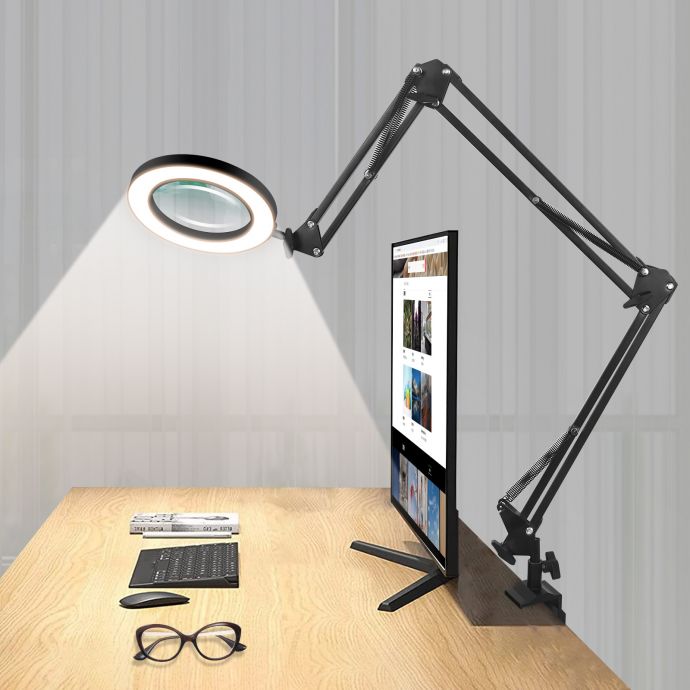In today's fast-paced world, maximizing productivity is a challenge that professionals across various sectors strive to conquer. The demand for higher efficiency and output in less time is ever-increasing, forcing individuals and organizations to constantly refine their approaches. While numerous tools and techniques promise to enhance productivity, achieving sustainable results often requires a more holistic approach. To truly maximize productivity, it is essential to consider factors such as time management, environment optimization, personal well-being, and the strategic use of technology.
At the heart of productivity lies effective time management. Understanding how to allocate time wisely can lead to significant improvements in how tasks are approached and completed. One popular method is the Eisenhower Matrix, which helps to prioritize tasks based on urgency and importance. Tasks are categorized into four quadrants: urgent and important, important but not urgent, urgent but not important, and neither urgent nor important. By focusing efforts on the most critical tasks, individuals can ensure that they are addressing the highest priorities before moving on to less significant activities.

Another powerful time management technique is the Pomodoro Technique, which involves working in short, focused bursts followed by brief breaks. Typically, this method consists of 25 minutes of concentrated work followed by a 5-minute break. This cycle is repeated four times before taking a longer break. By structuring workdays into these manageable intervals, individuals can maintain high levels of focus and avoid burnout. Additionally, this approach helps in breaking down larger tasks into smaller, more manageable ones, making them less daunting and easier to tackle.
The environment in which we operate plays a substantial role in influencing productivity. A well-organized and clutter-free workspace can deter distractions and foster concentration. Simple actions, such as arranging documents systematically or creating a clean desktop, can significantly reduce time spent looking for materials or switching between tasks. Furthermore, incorporating elements such as plants, which have been shown to improve air quality and mood, and managing lighting to reduce eye strain can contribute to a more productive setting. Ergonomic furniture also plays a critical role in maintaining comfort during long periods of work, which can directly influence output levels.
Personal well-being is another crucial component that cannot be overlooked when discussing productivity. Physical health and mental clarity are vital for maintaining the energy and motivation necessary to complete tasks effectively. Regular physical activity, a balanced diet, and adequate sleep are foundational to sustaining high productivity levels. Exercise, for instance, not only boosts physical health but also enhances cognitive functioning and creativity by increasing blood flow to the brain.

In addition to physical health, mental well-being must be nurtured. Techniques such as mindfulness and meditation can help improve focus, reduce stress, and increase resilience. Even brief daily sessions can lead to a clearer mind and a more centered approach to work. Furthermore, taking regular breaks to recharge throughout the day is essential. These breaks offer moments to step away from tasks, thus preventing fatigue and allowing for reflection, which can lead to new insights and solutions.
Technology is a double-edged sword when it comes to productivity. While it offers countless tools designed to streamline tasks and improve efficiency, it also presents distractions that can impede focus and output. The key is to leverage technology effectively. Utilizing productivity apps such as task managers, calendar schedulers, and collaboration platforms can facilitate better organization and time management. These tools help keep track of deadlines, appointments, and workflows, ensuring that nothing falls through the cracks.
However, it is equally important to discipline the use of technology to prevent it from becoming a hindrance. Setting boundaries by limiting notifications, using website blockers during focus periods, and designating specific times for checking emails and messages can help minimize distractions. Embracing digital detox practices, where one periodically disconnects from devices, can also rejuvenate the mind and improve overall focus when returning to work.

Goal setting is another strategic element that can drive productivity. Establishing clear, attainable goals provides direction and purpose, serving as a roadmap for daily activities. The SMART criteria—Specific, Measurable, Achievable, Relevant, and Time-bound—serve as a reliable framework for goal setting. By breaking down larger goals into smaller, actionable steps, individuals can maintain a sense of progress, which in turn fuels motivation and determination.
Collaboration and delegation are often overlooked yet immensely valuable aspects of productivity. Recognizing that not all tasks need to be handled personally allows individuals to focus on what truly requires their attention and expertise. By delegating tasks to others who are better suited or equipped, overall efficiency can be improved. Emphasizing open communication and teamwork can facilitate a culture where ideas and responsibilities are shared, leading to more innovative solutions and a more dynamic workflow.
Finally, continuous learning and adaptation are key to sustaining productivity over the long term. The world of work is constantly evolving, and staying informed about new trends, technologies, and methodologies is imperative. Engaging in regular professional development opportunities, such as attending workshops, webinars, and industry conferences, can enrich skills and inspire fresh approaches to tasks.

In conclusion, maximizing productivity is a multifaceted endeavor that extends beyond mere task completion. By effectively managing time, cultivating a conducive environment, prioritizing personal well-being, strategically utilizing technology, setting clear goals, fostering collaboration, and committing to continuous learning, individuals and organizations can unlock higher levels of efficiency and output. As each person is unique, it is important to experiment and discover a customized balance of these strategies to develop a personal productivity blueprint tailored to individual needs and preferences. Through such a comprehensive approach, it becomes possible to not only enhance productivity but also achieve a more fulfilling and balanced work life.






